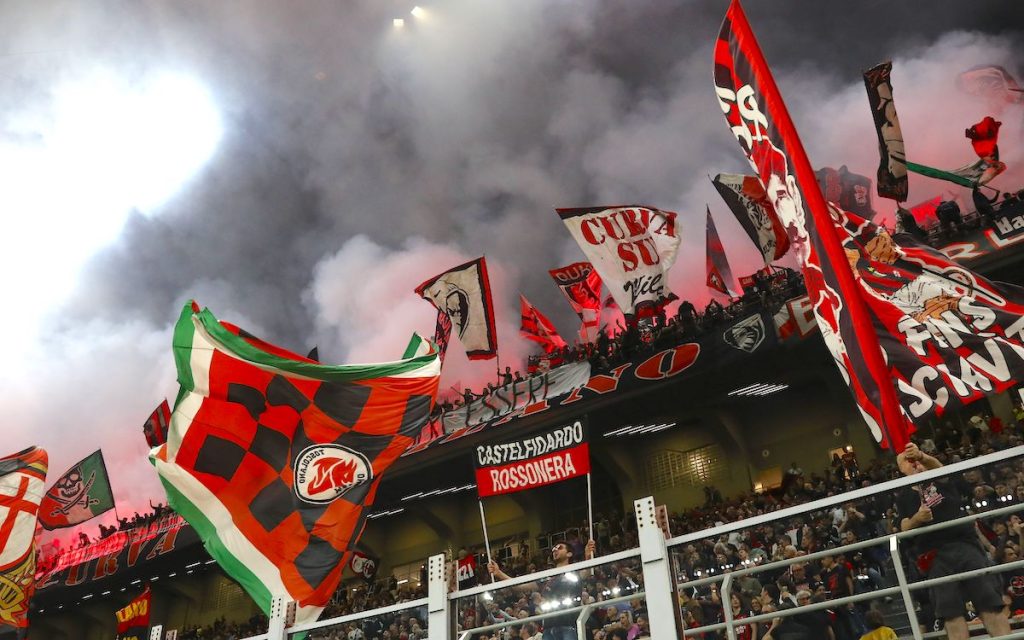Serie A Attendance Soars Despite Turbulent Season
The 2024-25 Serie A season has been a rollercoaster ride, but one bright spot amidst the turmoil is the league’s continued strong attendance figures. According to a recent report from Calcio e Finanza, Serie A is maintaining an impressive average of 30,619 spectators per match, with a stadium occupancy rate of 91.57%. This is a significant improvement from last year’s 83% occupancy rate. The enthusiasm and loyalty of football fans in Italy are evident, as they continue to flock to stadiums despite the challenges faced by their teams.
AC Milan’s Unwavering Support
AC Milan, despite experiencing a disastrous season that is on track for their lowest finish in years, has managed to retain the top spot for average attendance in Serie A. The Rossoneri have welcomed a total of 999,064 fans across 14 games, averaging 71,362 spectators per game. This figure is notably higher than their city rivals Inter Milan, who average 70,059 fans per game. The loyalty of Milan’s fans is truly remarkable, especially considering the recent protests that have taken place in the last few matches. These protests, driven by frustration over the club’s performance and management, have not deterred supporters from filling the San Siro stadium. The club’s ability to maintain such a high attendance rate in the face of adversity is a testament to the deep connection between the team and its fans.
Rome Clubs Hold Strong
Rounding out the top three in terms of average attendance is AS Roma, who have managed to attract just under 62,000 fans per home game. The capital city’s other team, Lazio, also makes it into the top five with an average of just over 50,000 spectators per home match. The passionate fan bases in Rome continue to show their unwavering support, contributing significantly to the league’s overall positive attendance figures. The rivalry between Roma and Lazio, known as the Derby della Capitale, is one of the most intense in Italian football, and it is clear that the fans are as engaged as ever.
Southern Teams Making Their Mark
Napoli and Lazio, both based in southern Italy, have also been making their mark in the top five for average attendance. Napoli, known for their passionate and vocal supporters, average just over 50,000 fans per home game, while Lazio, as previously mentioned, average just under 32,000. The south of Italy has historically been less represented in terms of fan attendance, but these figures show a growing enthusiasm and engagement from fans in the region. The success of these clubs in attracting large crowds is a positive indicator for the future of football in southern Italy.
A Unique Case: Genoa’s Stadium Ban
One particularly unique case worth mentioning is Genoa, who played behind closed doors against Juventus as punishment for fan clashes before the Derby della Lanterna in the Coppa Italia. Despite this setback, the club managed to maintain a strong average attendance for their other home games. The decision to play without fans was a necessary measure to ensure the safety and integrity of the match, but it highlights the challenges that can arise when fan behavior becomes an issue. The incident serves as a reminder of the importance of responsible fan conduct and the impact it can have on the club and the league.
Cagliari Takes the Lead in Stadium Occupancy
In terms of the percentage of capacity filled, Cagliari has returned to the top spot a week ago after a packed house against Juventus, surpassing the 98% mark. Como, another team from northern Italy, has moved into second place with a 97.33% occupancy rate. Juventus, traditionally one of the most popular clubs in Italy, is third with a 97% occupancy rate. AC Milan, despite their struggles on the pitch, is sixth with a 94% occupancy rate. The news that Milan tops Serie A for average attendance is particularly significant given their poor results and the climate of protest surrounding the club. It underscores the enduring loyalty and passion of their fan base, a cornerstone of the club’s rich history.











